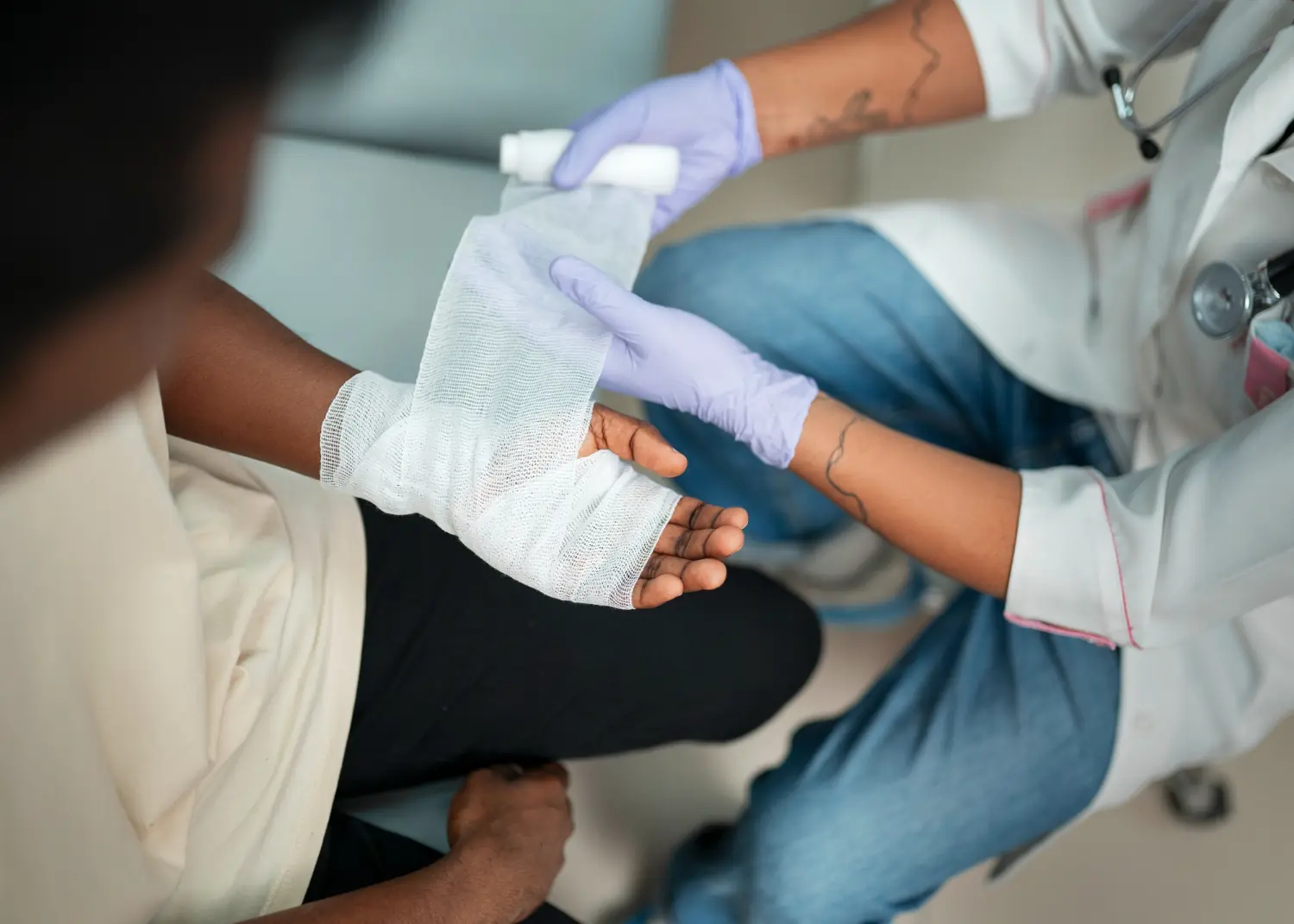
Microscopic Mites Pooping on Your Face? Viral Simulation Unveils Shocking Truth About What’s Crawling in Your Skin
A recent viral simulation has left viewers utterly disturbed - and perhaps a little itchy. The short but impactful video by Zack D. Films has unlocked a new wave of skin-related anxiety by showcasing how microscopic mites live, crawl, feed, and, yes, poop right on your face.
It sounds like a plot from a horror movie, but it’s a scientifically accurate depiction of a natural biological process happening on human skin - every single day. While our bodies are home to countless microbes, the idea that tiny creatures live in your pores and then explode with waste upon death has hit the internet like a digital jump scare.
Welcome to the secret life of Demodex mites, the miniature creatures that call your skin home.
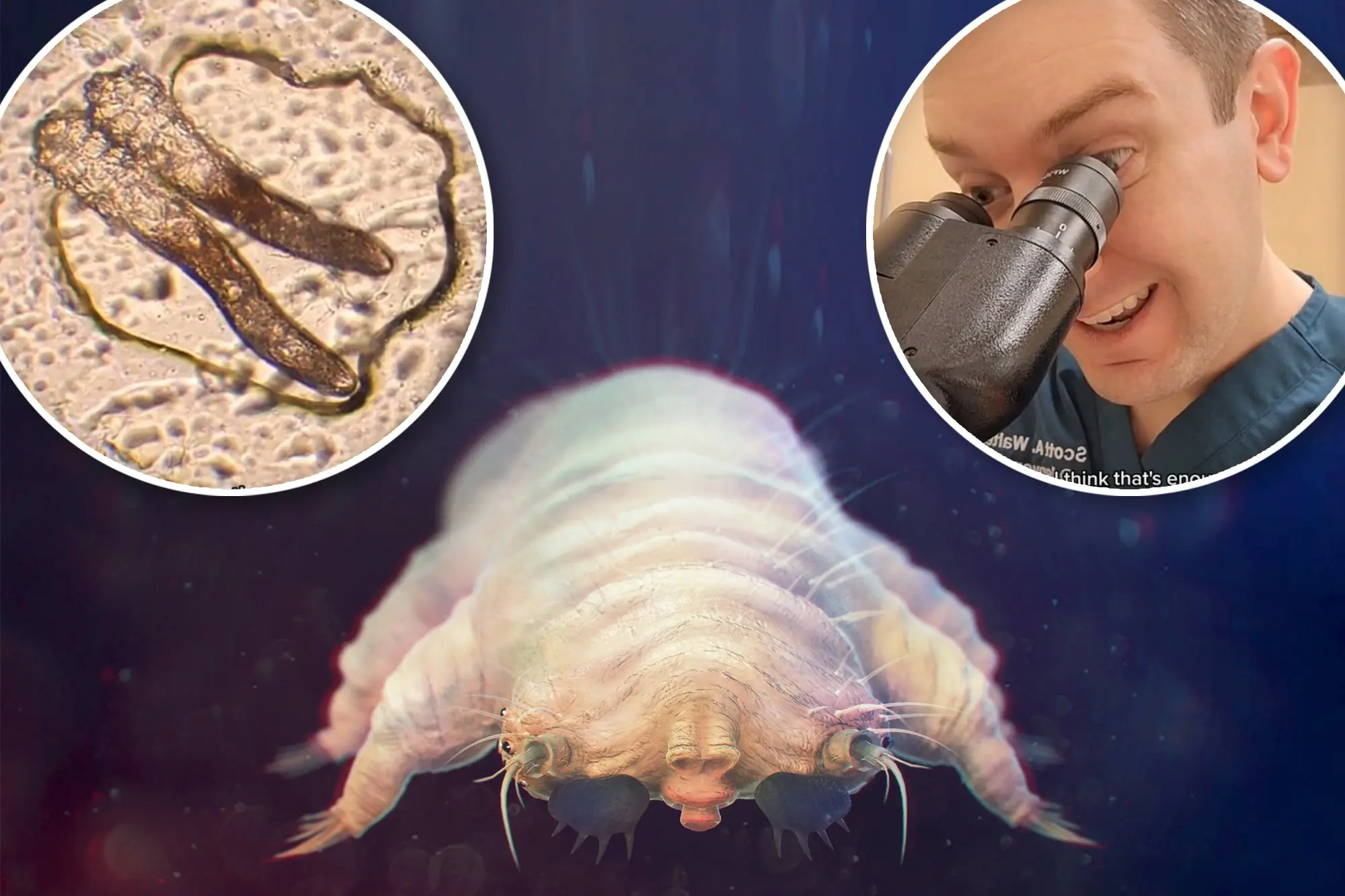
A Living, Breathing Ecosystem - On Your Face
We often think of our skin as a protective barrier, but in reality, it's also a complex ecosystem teeming with life. According to dermatologists, Demodex mites, also called face mites, are eight-legged microscopic arachnids that live in the hair follicles and sebaceous (oil) glands of human skin - especially on the face, neck, and chest.
While these mites are not inherently dangerous, the viral simulation has brought renewed attention to their strange and unsettling habits. In the video, Zack D. Films explains:
"Tiny mites live in the pores on our faces and crawl around over our skin."
More disturbingly, he continues:
"They feed on the natural oils your skin produces but have no way to expel the waste. This means they expand with feces throughout their lives, and when they die, it's expelled back onto your skin."
Yes, you read that correctly: these mites essentially bloat with feces for their entire lifespan, and when they die, their tiny mite corpses rupture - releasing all of it directly into your skin’s ecosystem.
“New Fear Unlocked”: The Internet Reacts
Understandably, viewers of the simulation had visceral reactions. Comments ranged from comedic disbelief to genuine horror:
- "New fear unlocked: you could be a potential toilet for bugs."
- "'Just one more short before bed' 😂 The short: 💀😳."
- "Thanks Zack. Now I know that there is exploding poop blobs on my face."
The simulation, while educational, delivers its message in an uncomfortably vivid way that resonates with audiences - especially those who weren’t aware of these creatures’ existence.
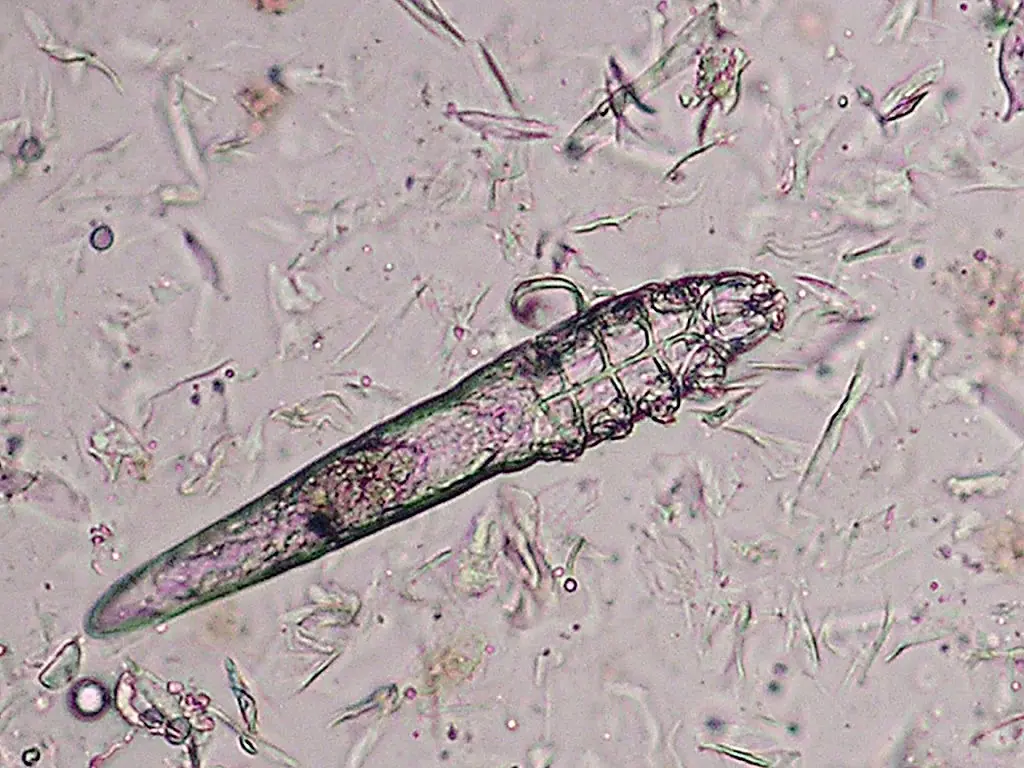
The Science Behind the Shivers
Demodex mites come in two primary species that affect humans:
- Demodex folliculorum: Lives primarily in hair follicles.
- Demodex brevis: Resides deeper in the oil glands attached to the follicles.
Each mite is about 0.1 to 0.4 millimeters long - completely invisible to the naked eye. Despite their alarming habits, they don’t typically cause harm in small numbers and may even help by consuming dead skin cells and excess oil.
However, as Zack D. points out in his video, a buildup of mites - which can happen due to poor hygiene, weakened immune systems, or certain skin conditions - may trigger immune responses and visible skin issues:
"Your immune system reacts to this and causes the skin to swell and go red."
This can potentially lead to irritation, inflammation, and rosacea-like symptoms. In extreme cases, the mites may even migrate to eyelashes, causing discomfort or even loss of lashes.
Reproduction and Life Cycle: A Fast-Ticking Clock
If you're hoping that these mites are short-lived visitors, you're both right and wrong. Their entire life cycle, from egg to adulthood, occurs in just about two weeks. Here's how it plays out:
- Eggs are laid inside hair follicles or oil glands and hatch in 3–4 days.
- The larval mites go through multiple stages of development over the next few days.
- They reach adulthood in about a week, mate, and continue the cycle.
- Adults typically live for 14 to 16 days before dying - and releasing their built-up waste into the skin.
The speed and stealth of this process make it nearly impossible to detect without specialized equipment, meaning your skin could be home to hundreds, even thousands, of mites right now.
Why You Can’t Scrub Them Away
It might be tempting to reach for your harshest exfoliant or book an emergency facial, but unfortunately, scrubbing your face won't eliminate these mites. Since they live inside your follicles and glands, topical cleaning methods won’t reach them.
Dermatologists suggest that unless you're facing an active infestation or a skin condition linked to Demodex overpopulation, treatment isn’t necessary. Most of us coexist peacefully with these creatures our entire lives.
However, in cases where they do cause issues, doctors may prescribe metronidazole, a topical or oral antibiotic and antiparasitic medication. Other treatments may include tea tree oil, which has been found effective in reducing Demodex populations.
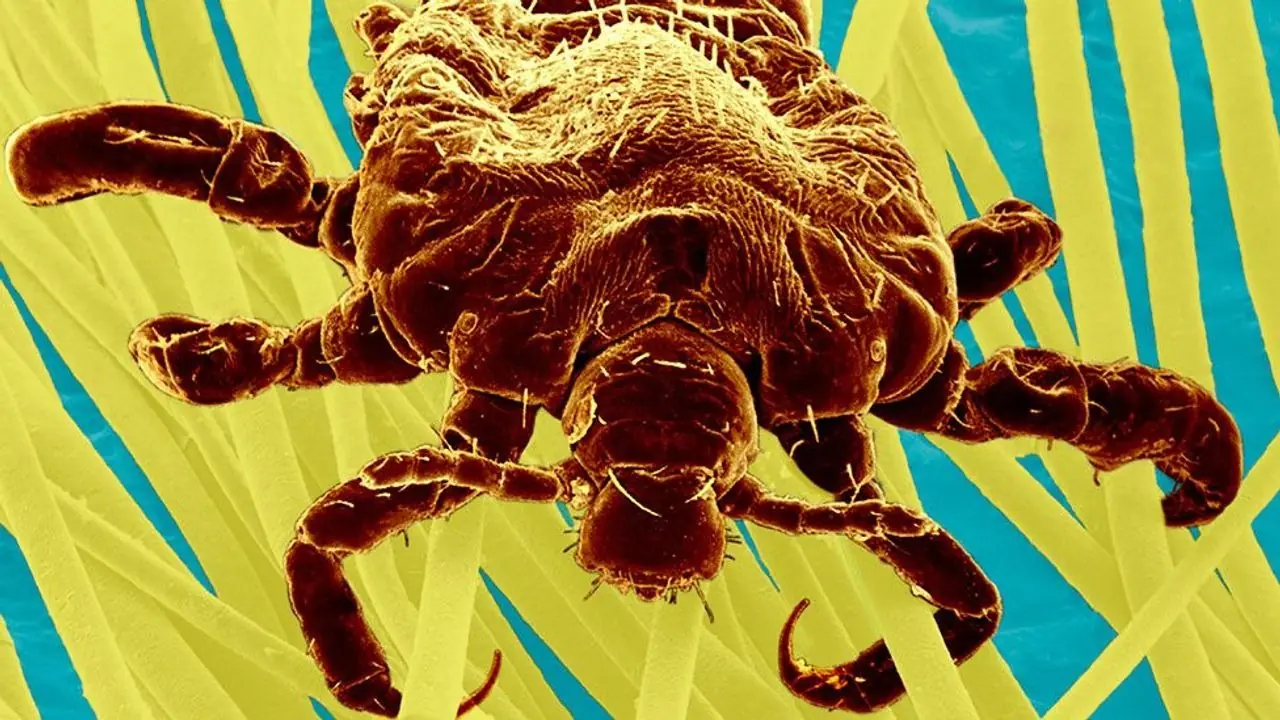
When to Seek Help
While most people live in blissful ignorance of their microscopic roommates, there are signs that may indicate a mite overgrowth:
- Persistent facial redness
- Rosacea or acne flare-ups that don’t respond to typical treatment
- Itchy or irritated eyelids
- Loss of eyelashes
- Feeling like something is crawling on your skin
In these cases, a visit to a dermatologist is recommended. A skin scraping or lash sample can confirm the presence of Demodex mites, and treatment can be tailored accordingly.
The Silver Lining: Mites Aren’t All Bad
As revolting as they may sound, Demodex mites aren't villains in the grand story of your skin. In moderation, they play a neutral - possibly even beneficial - role in maintaining skin health. By consuming excess oil and dead skin cells, they help reduce clogged pores and balance the skin’s surface environment.
Experts suggest that trying to eliminate all microbes from the skin isn’t just futile - it may be harmful. The goal should be balance, not sterility. An overzealous skincare routine or overuse of antibiotics can disrupt your skin microbiome and lead to new issues.
A Reminder of Nature’s Oddities
This viral simulation may have triggered a new wave of trypophobia and obsessive face-washing, but it also serves as a valuable reminder: our bodies are ecosystems, and the line between cleanliness and microbial life is finer than we think.
While it’s easy to be disturbed by what we can’t see, not all microscopic life is harmful. In fact, we depend on much of it to survive. Your skin, gut, and even your lungs host trillions of bacteria, fungi, and mites that keep your immune system strong, digestion smooth, and skin healthy.
Still, the idea of “exploding poop blobs” on your face is going to be tough to forget.
Final Thoughts: Gross but Grounded in Science
This simulation has stirred emotions not just for its visual impact, but because it challenges how we think about hygiene, skin care, and the hidden world beneath our surface.
Next time your face feels a little itchy, just remember - it might be natural. And if it’s any comfort, you’re far from alone. Everyone has these mites. They’ve been with you since childhood. And in a strange way, they're part of what makes you human.
But if you're suddenly itching for a deep-cleaning skincare routine or a dermatologist appointment, you're certainly not alone either.
News in the same category


The Hidden Meaning Behind Leg-crossing — It’s More Than Just Comfort

Scientists Warn: Universe’s ‘Self-Destruct Button’ Could Trigger Without Warning

WORLD'S FIRST DATE SOFT DRINK

We weren’t the only humans just the last ones left to tell the tale

Japanese “Baba Vanga” Meme Resurfaces After July 2025 Tsunami Triggers Alerts

Why you should always put a coin in the freezer before you leave home

Heroic Teen Malaya Grace, 17, Dies After Saving Siblings from Drowning in Texas Floods

Why You Should Never Ever K--ill A House Centipede If You Find One Inside Of Your Home

‘Granny Pods’ Let Aging Parents Stay Close by in Your Backyard

Airport baggage handler issues warning to anyone who ties a ribbon on their suitcase

What Does it Symbolize When a Person Who Passed Away Shows up in Your Dream?

Optical illusion reveals whether you’re an introvert or extrovert

Trapped in Silence: Boy Awakens After 12-Year Coma With Terrifying Secret
Imagine suddenly being trapped inside your own body—fully conscious, aware of your surroundings, but completely unable to move, speak, or communicate in any way. For Martin Pistorius, this unimaginable scenario was reality for more than a decade. His st

Urgent warning issued to all iPhone users following release of iOS 18.6

Experts Warn of Imminent 'Cosmic Hell' That Could Wipe Out Mankind, Exact Time Revealed
Though the ending is billions of years away, the emerging evidence is shifting scientific consensus on cosmic fate. Understanding dark energy—the force shaping expansion—is one of the greatest unsolved mysteries in physics.

Ancient tablet has been completely translated and has some terrifying predictions for humanity

Astronaut Waves And Turns His Camera To Disprove The Flat Earth Theory For Good

Your iPhone’s Volume Buttons Are Loaded with Hidden Features

Astronaut shares the profound ‘big lie’ he realized after seeing the Earth from space
News Post

After I Saw The Baby My Wife Gave Birth To, I Was Ready To Leave Her — But Then She Said, “There’s Something I Need To Tell You.”

Medicinal Health Benefits of Garlic (Raw, Supplement) – Science Based

Mom Sells Old Stroller to Feed 4 Kids, Finds It on Her Doorstep the Next Day with Note Inside – Story of the Day
A pregnant mother of three needs to sell her stroller to feed her three children after she was abandoned by her husband.

A Father’s Redemption: How One Dad’s Love Gave His Disabled Daughter a Future Beyond Her Dreams
Prom Night Miracle: Devoted Dad Takes Disabled Daughter to Prom—Then Finds a $10K ‘Dad of the Year’ Surprise!

He Wouldn’t Take Off His Hat In Class—But When I Found Out Why, Everything Changed

THEY SAID I COULDN’T KEEP MY JOB AND RAISE HER—SO I TOOK HER ON THE ROAD

A Stranger Yelled At My Daughter In Public—So I Made Sure She Got What She Deserved

My Cousin Got A Job At My Ex’s Restaurant—And Then Sent Me A Photo Of What He Found In The Walk-In
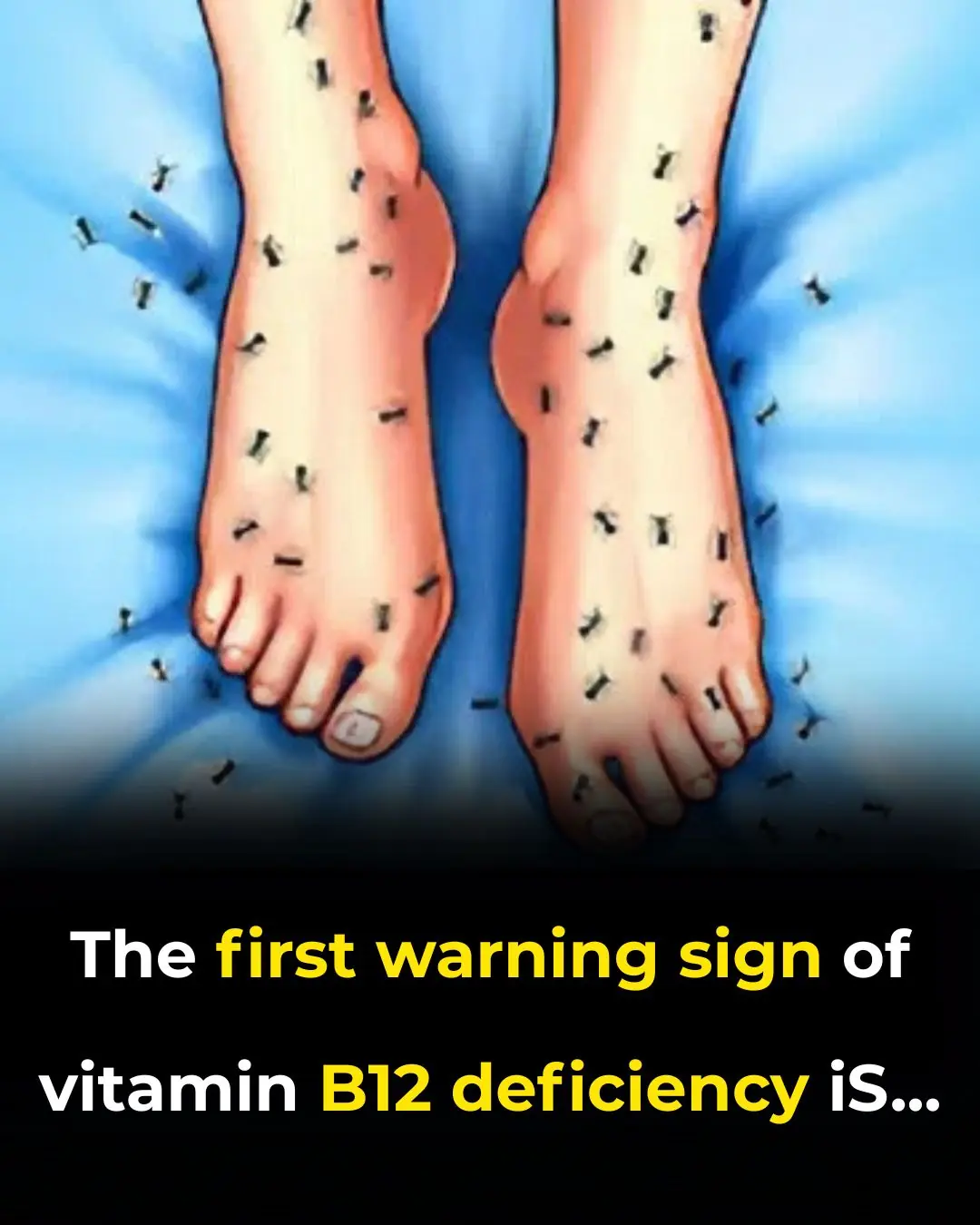
Warning Symptoms of Vitamin B12 Deficiency and How to Fix It
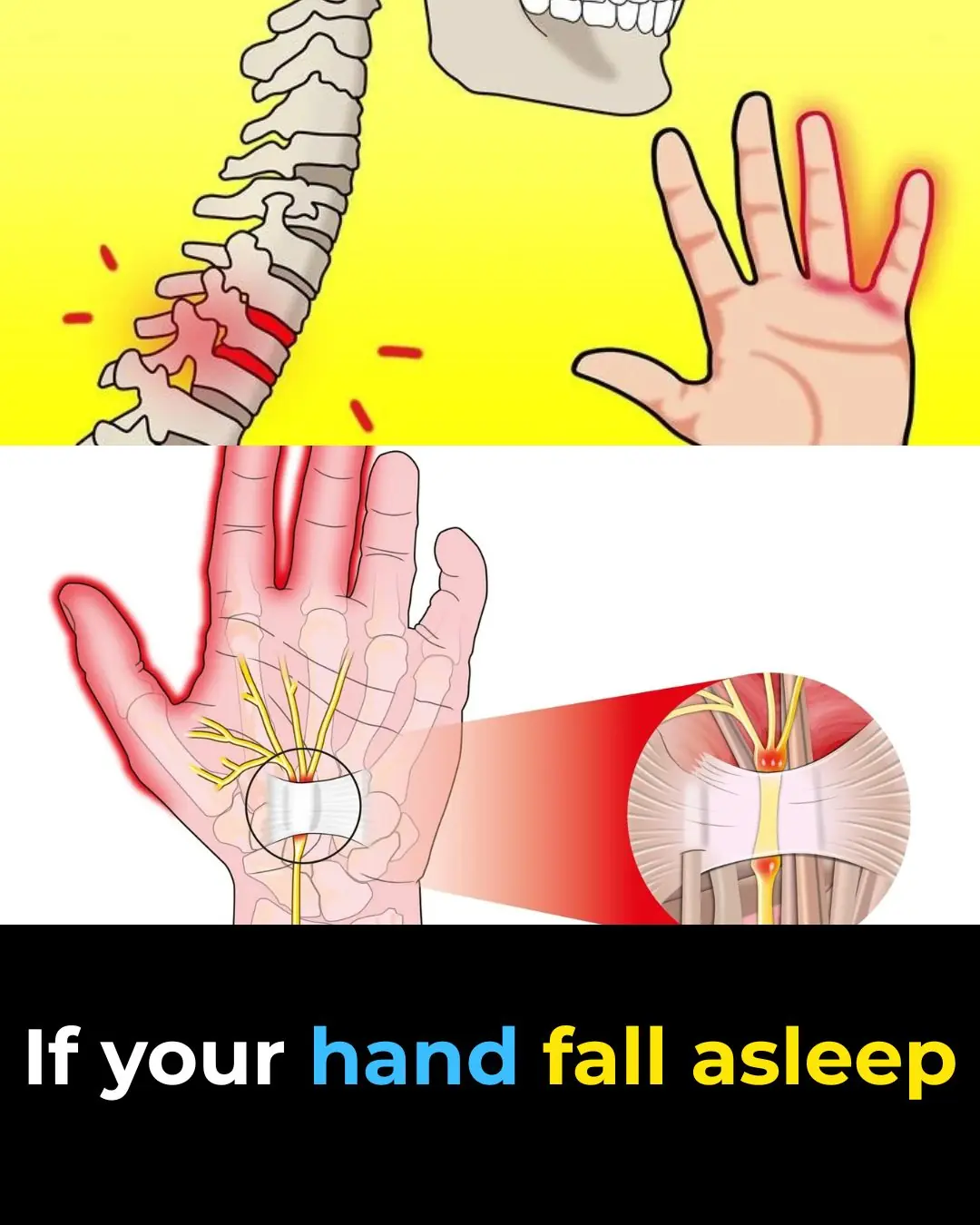
Tingling Sensation In Your Body: Why Does It Happen

High Blood Sugar Warning Signs

Earth Plunged Into Darkness For Six Minutes In Rare Event Not Seen In A Century

The Hidden Meaning Behind Leg-crossing — It’s More Than Just Comfort

Scientists Warn: Universe’s ‘Self-Destruct Button’ Could Trigger Without Warning

WORLD'S FIRST DATE SOFT DRINK

We weren’t the only humans just the last ones left to tell the tale

Japanese “Baba Vanga” Meme Resurfaces After July 2025 Tsunami Triggers Alerts

Top Signs of Iron Deficiency and How To Increase Iron Levels In Your Blood

Doctors Suspected Baby Had Mouth Tumor—The Shocking Truth Left Them Speechless
